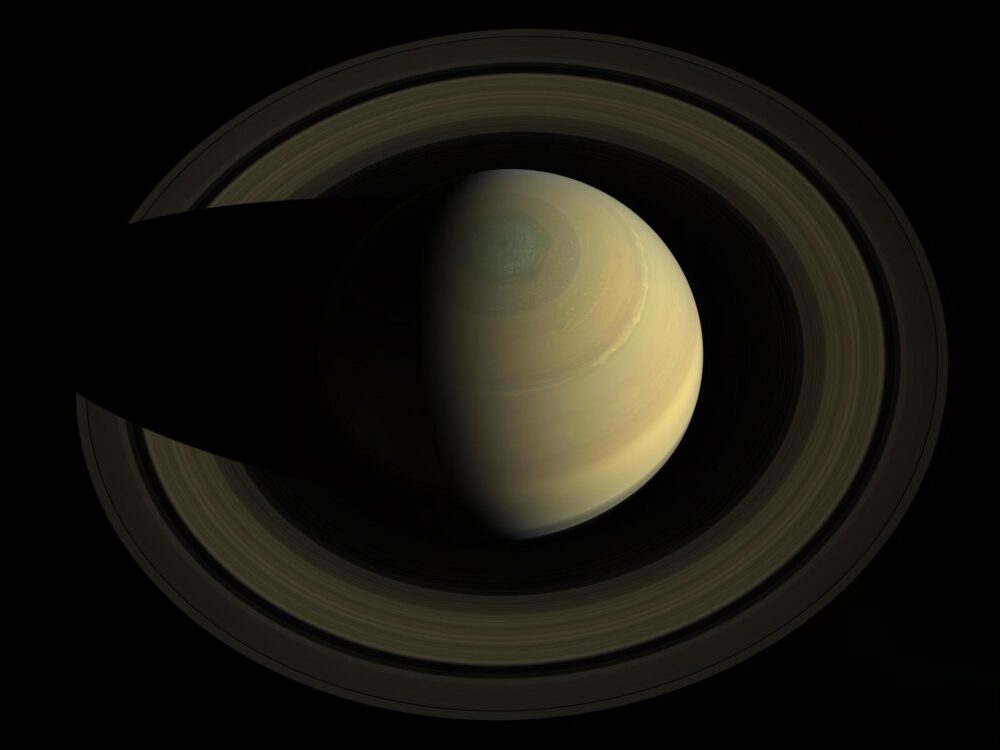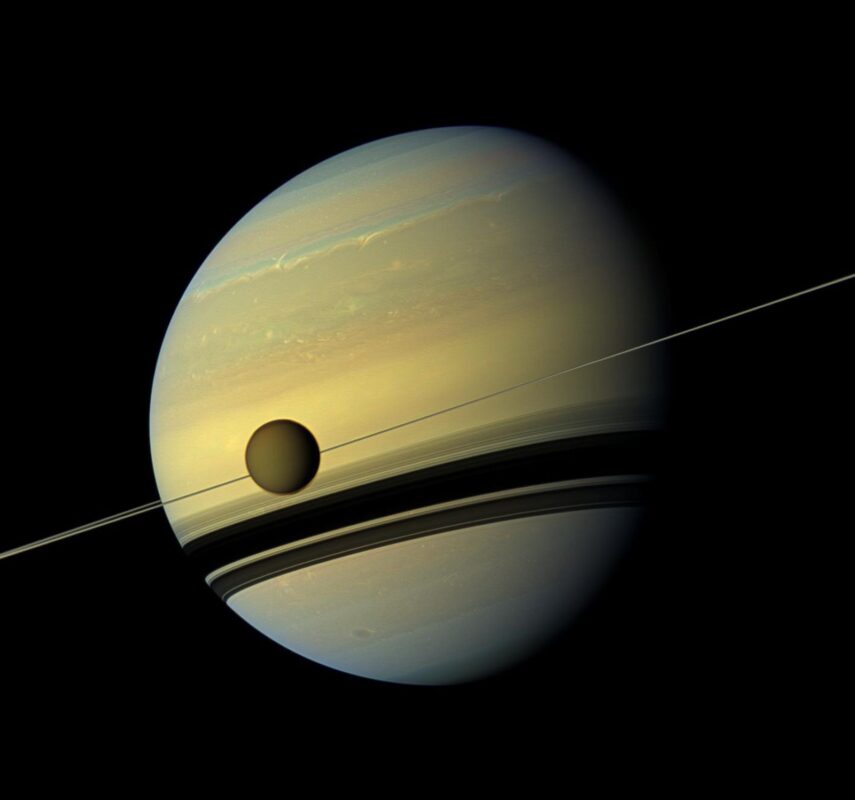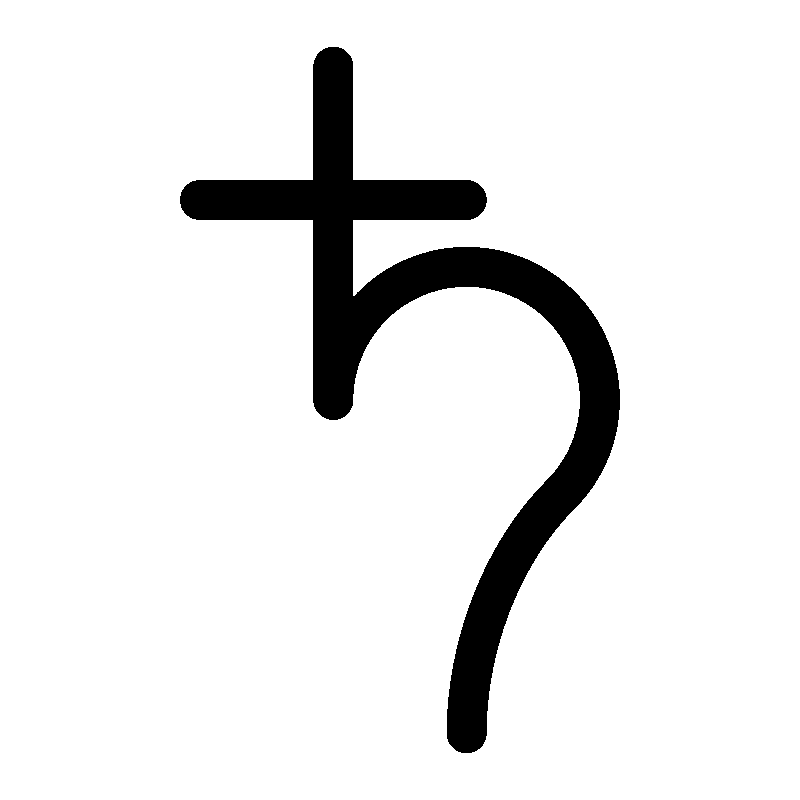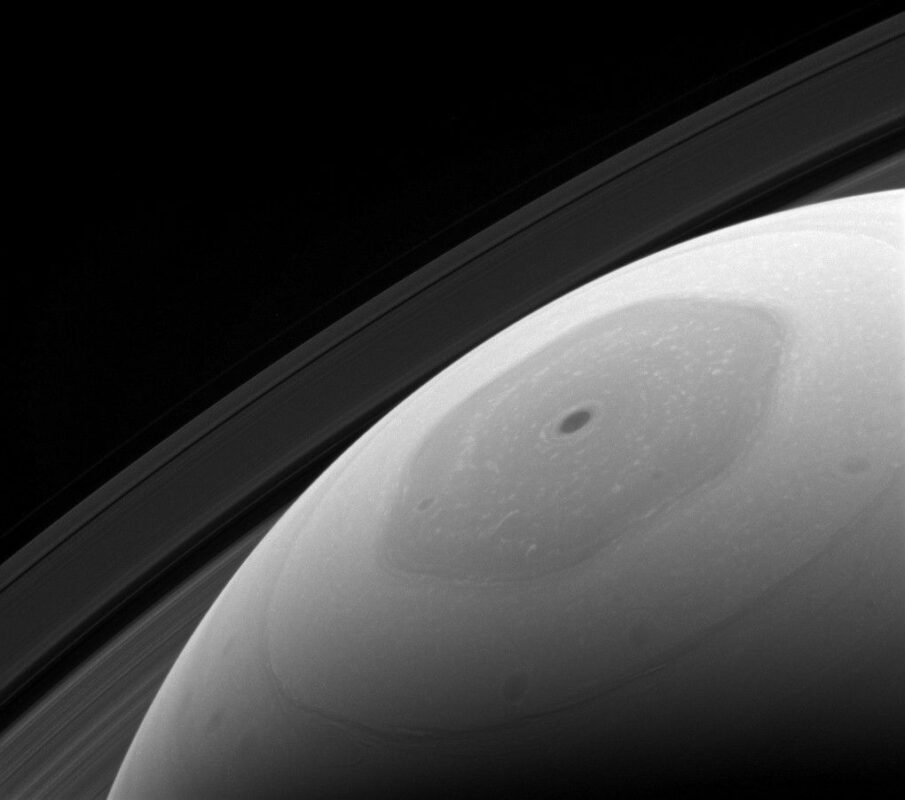
Saturn
Brace yourself, as I’m going to make this post one of those posts that may be hard to read (or not), in other words, more woo-woo than you might expect. And this is maybe one of my favorite ways to speculate about space, our universe, and life in general. Of course, I will be guided more by my intuition, even after looking at it scientifically, especially regarding life on Saturn. I know, don’t shoot the messenger yet. Hear me out. When I say life, I may not refer to a tangible humanoid life exactly, one we can touch, see, smell, or hear with our senses. So give this a chance. I promise it won’t be boring.
Saturn has been with us since the beginning, even before the telescope was invented, because you can see it with the naked eye. Nobody actually discovered Saturn. It was simply there, glowing in the sky with a golden yellow light, waiting for us to notice it. When telescopes were invented in the 1600s, we learned it wasn’t just another star but a massive gas giant wrapped in those mysterious rings. It’s the second-largest planet in our solar system, made mostly of hydrogen and helium, the two main ingredients in this soup we call the Universe. Remember, hydrogen is the first and most abundant element in the universe, and hydrogen fusion in stars converts it into helium, releasing the energy that makes stars shine.
At the top of Saturn, as seen in the picture above, an actual photo of Saturn, there is a strange hexagon-shaped storm around its north pole. It is huge, over 20,000 miles across. Scientists don’t know exactly why it forms a perfect hexagon, but it remains one of Saturn’s most mysterious and beautiful features, and it makes the planet feel a little strange and magical in its nature.
What is it made of?

Planets in our solar system aren’t so different, but they aren’t made the same either. The gas giants like Saturn and Jupiter, according to scientists, have no solid crust or surface like we do on Earth because they are mostly made of hydrogen and helium. How do they know this? Because of their density. Saturn and Jupiter are massive planets, much heavier than Earth. Saturn has about 95 times Earth’s mass (in kilograms, the standard scientific measure of mass), and Jupiter about 318 times. But most of that mass is made of light gases, mostly hydrogen and helium. Because these gases are spread out over such huge volumes, their average density is very low. Saturn’s density, for example, is only 0.69 grams per cubic centimeter, which is less than water. In other words, if you could somehow put Saturn in a giant bathtub, it would float. This low density and the crushing pressures inside these planets prevent a solid surface or crust from forming, which is why gas giants are completely different from rocky planets like Earth.
The rocky planets, Mercury, Venus, Earth, and Mars, are made mostly of silicate rocks and a mix of metals like iron and magnesium, along with nonmetals like silicon and oxygen. Some, like Earth and Mars, have water and atmospheres rich in nitrogen, oxygen, or carbon dioxide. While the same elements appear across planets, the proportions are very different, giving each world its own personality.
So far, we have discovered around 90 elements in the universe, most of which appear in stars, planets, nebulae, and galaxies. The same elements you learned about in chemistry class, if you remember any. Hydrogen and helium dominate the cosmos, but elements like oxygen, carbon, nitrogen, neon, magnesium, silicon, sulfur, and iron are very common. These elements combine in various ways to form gases, rocks, ices, and metals, creating the diversity of planets, stars, and solar systems we see. Even the heaviest elements, like gold or uranium, exist in small amounts, sprinkled throughout stars and cosmic dust. So when we look at Saturn, Jupiter, or any distant star, we are seeing these same elements playing out in different forms and proportions.
So what makes these 90 elements differ from one another? It all comes down to the number of protons, neutrons, and electrons in their atoms. That’s it. That’s what differentiates the elements we know. When we study planets, stars, and galaxies, we are really studying these atoms and how they combine to form all matter. For instance, the dad of the Universe, hydrogen, as I like to call it, is the simplest atom, made of one proton and one electron orbiting it. A helium atom, on the other hand, the second most abundant element in the universe after hydrogen, is made of 4 particles in its nucleus (2 protons + 2 neutrons) and 2 electrons orbiting it. Remember, hydrogen and helium are the lightest elements in the Universe and make up the vast majority of stars (suns) and matter in the cosmos, about 98 to 99 percent.
Everything heavier than helium, which astronomers call metals, exists in much smaller amounts. These heavier elements are what build planets, rocks, and life. Even the Sun’s average density is lighter than Earth’s, about 1.41 grams per cubic centimeter, while Earth’s is around 5.5 grams per cubic centimeter. So while Saturn could hypothetically float in a bathtub if somehow we could fit it into one, the Sun on the other hand is slightly denser than water (which is 1 gram per cubic centimeter) and it would sink. So if you ever feel like life is getting heavy, remember that you could hypothetically inhale Saturn and swallow it whole if it were sitting in your bathtub.
Saturn in Mythology

Although Saturn spins much faster than Earth, completing a full rotation in about 10 hours and 33 minutes, which is roughly 2.3 times faster than Earth’s 24-hour day, Saturn is slow, at least from our perspective on life. It takes about 29.5 Earth years to orbit the Sun, while Earth completes its orbit in just one year, or 365 days. In Greek mythology, Saturn is known as Cronus, the Titan of time and harvest. Cronus ruled during a mythical Golden Age, a time of abundance and peace. But he was haunted by a prophecy that one of his children would overthrow him, just as he had overthrown his own father, Uranus. To stop this, he swallowed each child at birth: Hestia, Demeter, Hera, Hades, and Poseidon. His wife, Rhea, horrified, hid their youngest, Zeus, and gave Cronus a rock to swallow instead. Zeus grew up, came back, made Cronus spit out his siblings, and led them to defeat the Titans, becoming king of the gods. The Titans were older gods who ruled the world first, while the Olympians were the new gods, more like humans and closer to life on Earth.
Scholars often interpret the myth of Cronus as a story about time, change, and cycles. Cronus swallowing his children represents the old generation trying to hold onto power, while Zeus overthrowing him symbolizes the rise of the new generation, showing that change is inevitable. The myth also reflects human fears of loss, mortality, and being replaced, as well as the cycles of nature and the harvest, since Cronus was associated with time and agriculture. So the story of Cronos isn’t just about gods fighting, but a symbol for how the universe moves from chaos to order. The Titans, like Cronus, represent the old, chaotic, primal forces of nature, and the Olympians, like Zeus, represent structure, rules, and a more organized cosmos. It’s like a metaphor for natural cycles, like seasons, growth, life and death, and the passage of time.
Astrology

In astrology, Saturn is the planet of structure, earthly law, life lessons, and karmic growth. It rules discipline, responsibility, and boundaries, showing us where we need to work harder, slow down, or face the consequences of our past actions. Because Saturn moves slowly, taking almost 30 years to orbit the Sun, it is linked to long-term cycles, major life milestones, and soul lessons. Many astrologers associate Saturn with past lives and karma, suggesting that the challenges it presents are echoes of lessons we haven’t fully learned yet. Saturn asks us to confront reality, accept limitations, and grow wiser through those experiences. It can feel heavy, restrictive, or even harsh, but it also rewards patience, perseverance, and maturity. In a mystical sense, Daddy Saturn is the cosmic teacher, showing us the patterns we carry through time and encouraging us to evolve, spiritually and personally, through the natural cycles of life.
Saturn is the teacher of time, so people influenced by it often seem wise beyond their years. Many Saturn-ruled souls, like myself, go through hard lessons early in life, which can make them feel older or more serious when they are young. As we grow, we start to loosen up and feel more playful, almost like becoming children again, but thanks to the wisdom we have gained. We also notice that life feels slower and more measured, and this can make us seem younger or more energetic than others. Saturn’s energy helps us follow life’s natural cycles and grow through experience, patience, and discipline. That’s why those ruled by Saturn may seem to age backwards, not literally, but in how they carry themselves and move through life.
Collective Intelligence of Saturn

So here we are. We’ve come to the woo-woo part of this post. Keep in mind that this is about the spiritual dimension or innerstanding of Saturn. Yes, I said innerstanding, not understanding, but you get what I mean. So, where do I even begin? Let’s start with a simple question:
- Is there a civilization on Saturn, or at least, has there ever been one?
- The short answer to this is yes. There is a civilization on Saturn, in other words, a collective intelligence at play.
- Does this civilization look like ours?
- Maybe. Maybe not. But that’s not even important right now. Let’s first try to understand what collective intelligence actually means, because, even though here on Earth we see each other with forms,shapes, and distinct features, to some alien beings, like the insectoid type, in their perception, we appear as cells. Simply. To understand the information inside a cell, they have to dissect it in the middle and experiment on it.
I warned you about the woo-woo part. But hear me out. There have been so many, I mean so many cases of abductee reports describing atrocious experiments performed by these weird-looking aliens, and almost all the stories are similar. Now, having said this, and hopefully coming to some mutual understanding, let’s speculate on this civilization of Saturnians.
- Who are the Saturnians exactly, and for how long have they existed?
- The Saturnians are a homogeneous species and population and are almost as old as their planet, 4.5 billion years old, roughly the same age as the rest of our solar system.
- Have they evolved during this time?
- Of course they have. Every intelligent lifeform evolves. They follow natural cycles and cosmic rhythms just like everything else in the universe
- Can this civilization reach communication outside its planetary boundaries?
- Yes, but it is more organic in nature. There aren’t huge satellites on Saturn waiting to connect with Earth. They use low-bandwidth logic machines. Unlike human computers, these systems may not even look like machines at all. They process information slowly and methodically handling only a small amount at a time. Decisions unfold in strict sequences, step by step, making the results reliable and predictable.
Now, some of you are obviously going to laugh at this or say this is beyond woo-woo and crosses into pure sci‑fi. And there’s absolutely no way that there could be intelligent life on Saturn, especially based on our scientific findings. But what I’m here to tell you is that this isn’t entirely true. How do I know this? I’m not sure how or why. Maybe I’m 100% wrong for claiming this, but I was given an image to interpret, and like many other spiritualists or whatever they want to call us, I interpreted it. Perhaps it is a timely thing, or maybe a subconscious way of interpreting particular life cycles or strange phenomena at play. Either way, it is what it is. You can do whatever you want with this information. Who knows, maybe it’ll open the door to a new understanding of things, or maybe not.
- So what is the purpose of the Saturnians?
- The purpose of any civilization is simply to exist and become aware of the deeper form that connects it to everything else. Spiritually speaking, the Saturnians are ahead of humans because they already understand their role in the larger cosmic picture. Whether they are tiny or huge, visible or invisible, doesn’t matter. What matters is their awareness. They are a conscious intelligence that knows its place and purpose in the Solar System.
Don’t miss this documentary on Saturn. Click here

